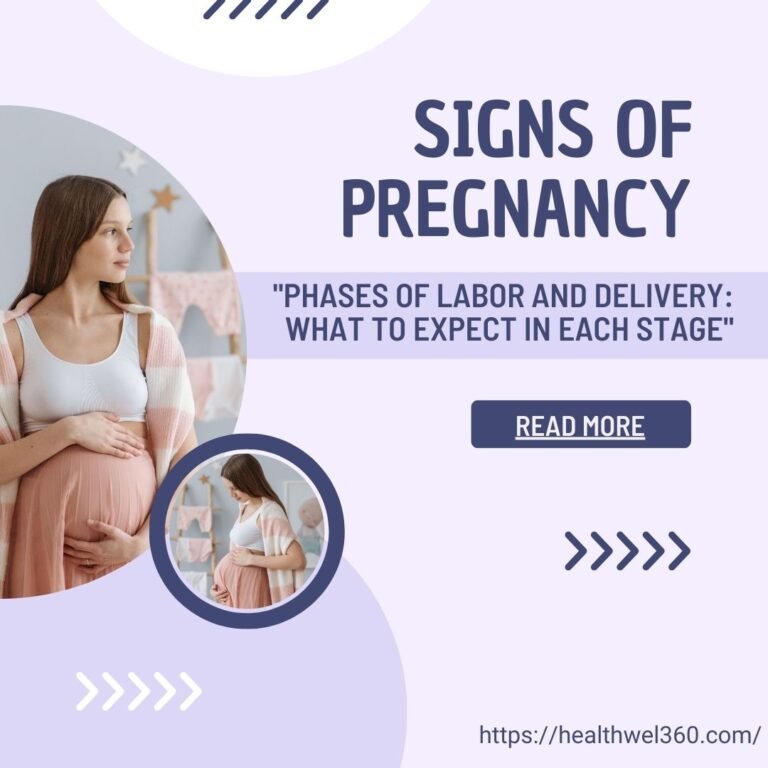Phases of Labor and Delivery: What to Expect in Each Stage,Bringing a new life into the world is an incredible journey, but it can also be overwhelming—especially if it’s your first time. Understanding the stages of labor and childbirth can help you feel more prepared and confident.
The Three (or Four) Stages of Labor
Labor is typically divided into three main stages, though some experts consider the early phase of the first stage as a separate stage, making it four.
Stage 1: Early Labor and Active Labor (Dilation)
This is the longest stage, where your cervix dilates (opens) and effaces (thins out). It has three phases:
1] Early Labor (Latent Phase)
Cervix dilates: 0–6 cm
Contractions: Mild, irregular (30–45 seconds, 5–30 minutes apart)
Duration: Hours to days (especially for first-time moms)
What to do: Rest, hydrate, eat light snacks, and time contractions.
2] Active Labor
Contractions: Stronger, longer (45–60 seconds, 3–5 minutes apart)
Duration: 4–8 hours
What to do: Head to the hospital/birthing center, use breathing techniques, try movement (walking, birthing ball).
Transition Phase (Most Intense)
Cervix dilates: 8–10 cm
Contractions: Very strong, close together (60–90 seconds, 2–3 minutes apart)
Possible symptoms: Shaking, nausea, pressure in the pelvis
Duration: 30 minutes–2 hours
What to do: Focus on breathing, rely on your support team, and remember—this phase is short!
Stage 2: The Pushing and Birth (Delivery of Baby)
Now it’s time to meet your baby!
Cervix is fully dilated (10 cm).
Contractions: Strong urge to push (may feel like pressure or the need to poop)
Duration: 20 minutes–3 hours (longer for first-time moms)
What happened:
You’ll push with contractions.
The baby moves down the birth canal.
Crowning occurs (baby’s head appears).
The baby is born!
Stage 3: Delivery of the Placenta
After the baby arrives, your body still has work to do.
Gentle contractions assist in the delivery of the placenta.
Duration: 5–30 minutes
Medical care: You may get Pitocin to reduce bleeding, and the placenta is checked for completeness.
Optional Stage 4: Recovery (First Few Hours Postpartum)
Many view the initial postpartum phase as a fourth stage.
What happened:
Uterus contracts to stop bleeding.
You may experience shaking, chills, or afterpains.
Skin-to-skin bonding and breastfeeding often begin.
Tips for a Smoother Labor
✔ Stay hydrated and nourished (early labor).
✔ Move around (walking, swaying, birthing ball).
✔ Use breathing techniques (slow breaths, patterned breathing).
✔ Lean on your support team (partner, doula, birthing specialist).
✔ Stay flexible—birth plans can change!
Final Thoughts
Every job is unique. Some are fast, some are slow, but knowing what to expect can help you feel more in control. Trust your body, communicate with your healthcare team, and remember—you’re about to meet your baby!
Would you like tips on pain management or postpartum recovery? Let me know in the comments! 💕




